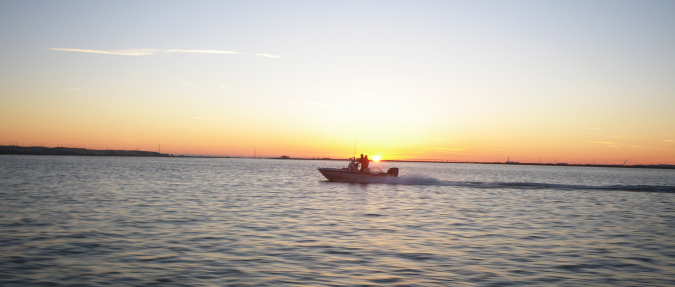
Almost 95,000 California anglers fish on the Sacramento River system, spending about $142.9 million a year on fishing-related expenses. Yet, there are some areas where dams block fish from migrating, reducing quality fishing opportunities. NOAA surveyed more than 6,000 anglers, finding that 76 percent of respondents would be interested in new salmon fishing opportunities upstream of dams if fish passage was improved.
Across the United States, dams and culverts block access to spawning grounds and degrade habitat. They have caused some species to decline and eventually receive federal protection. Many dams in the Central Valley block salmon from a majority of their river and stream habitat. When fish can’t reach their habitat, they can’t reproduce and maintain or grow their populations.
In the Central Valley, they include endangered Sacramento River winter-run Chinook, a NOAA Species in the Spotlight, threatened Central Valley spring-run Chinook, and Central Valley steelhead. These species are unable to reach 90 percent of their historic spawning habitat because of barriers to fish passage.
NOAA Fisheries is working to reintroduce these fish in these areas through fish passage and other strategies. Fish passage also restores migration opportunities for other fish, which could create additional recreational and economic benefits. According to NOAA’s 2016 Fisheries Economics of the United States report, more than $2 billion in related annual recreational fishing sales benefit California’s economy.
Along with gauging interest in new salmon fishing opportunities above dams, the survey results included details about angler demographics and behaviors. One example result is that salmon anglers are more likely than non-salmon anglers to use a boat for fishing. This increases their annual spending on trips due to boat-related expenses.
Anglers in the Central Valley fish from shorelines, and private and chartered boats on rivers and creeks, lakes and reservoirs, and the Sacramento-San Joaquin River Delta. These sport fisheries target a variety of game fish. Besides Chinook and steelhead, anglers also fish for trout, striped bass, largemouth and smallmouth bass, sturgeon, and catfish.
When anglers participate in fishing activities, they support sales and employment in recreational fishing and other types of businesses. Recreational fisheries contribute to $67.9 billion in sales and provide more than 472,000 jobs across the United States. Healthy habitat for recreational fisheries helps drive these expenditures and economic benefits.
With our partners, NOAA’s Office of Habitat Conservation efforts recovering Central Valley fish populations are happening through Salmon Recovery Plans, Essential Fish Habitat restoration and conservation, and other management activities.
